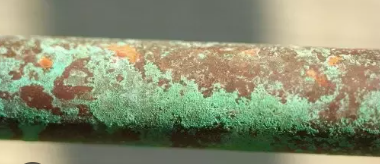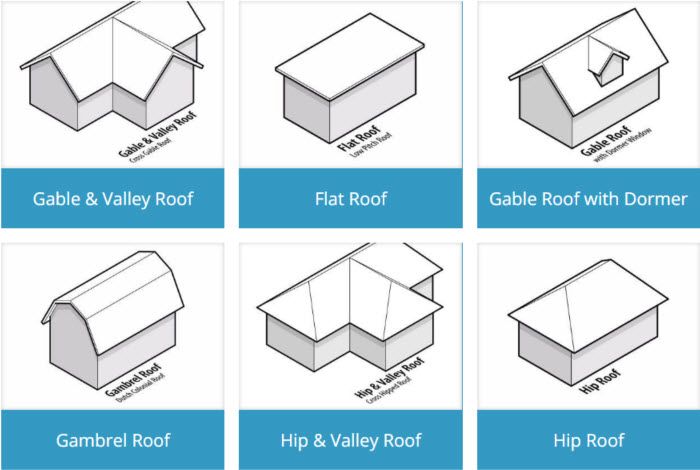Selecting the appropriate pipe material is vital for any plumbing system, affecting not just durability and efficiency but also ongoing maintenance needs and overall expenses. There are a variety of options available, each with unique advantages and limitations, and understanding these can help you make an informed decision.
Copper Pipes
Copper pipes are celebrated for their longevity and resistance to corrosion, making them a reliable choice for plumbing systems. Copper pipe from Watkins and Powis is deemed safe for supplying drinking water since copper does not leach harmful substances. However, the initial cost of copper pipe is high when compared to other materials, and may corrode under specific pH conditions or in the presence of certain chemicals.

PVC Pipes
PVC pipes stand out for their affordability and chemical resistance, presenting a cost-effective solution for a wide range of plumbing needs. Despite these benefits, PVC’s application is limited to cold water systems due to its sensitivity to high temperatures, and there are environmental concerns regarding its production and disposal.
PEX Pipes
PEX pipes offer remarkable flexibility, simplifying installation even in constrained spaces. However, they are sensitive to UV light, which can degrade the material if it is exposed to sunlight.
Galvanised Steel Pipes
Galvanised steel pipes are known for their robustness and suitability for high-pressure scenarios, thanks to their strength and durability. On the downside, the zinc coating that protects against corrosion can wear away over time, leading to rust and corrosion within the pipe. Furthermore, older galvanised pipes may pose a risk of lead contamination in the water supply, which is a significant health concern. NHS Inform explains the health dangers of lead poisoning.

In choosing the right pipe material for your plumbing system, weighing the unique advantages against the potential drawbacks of each is crucial.




